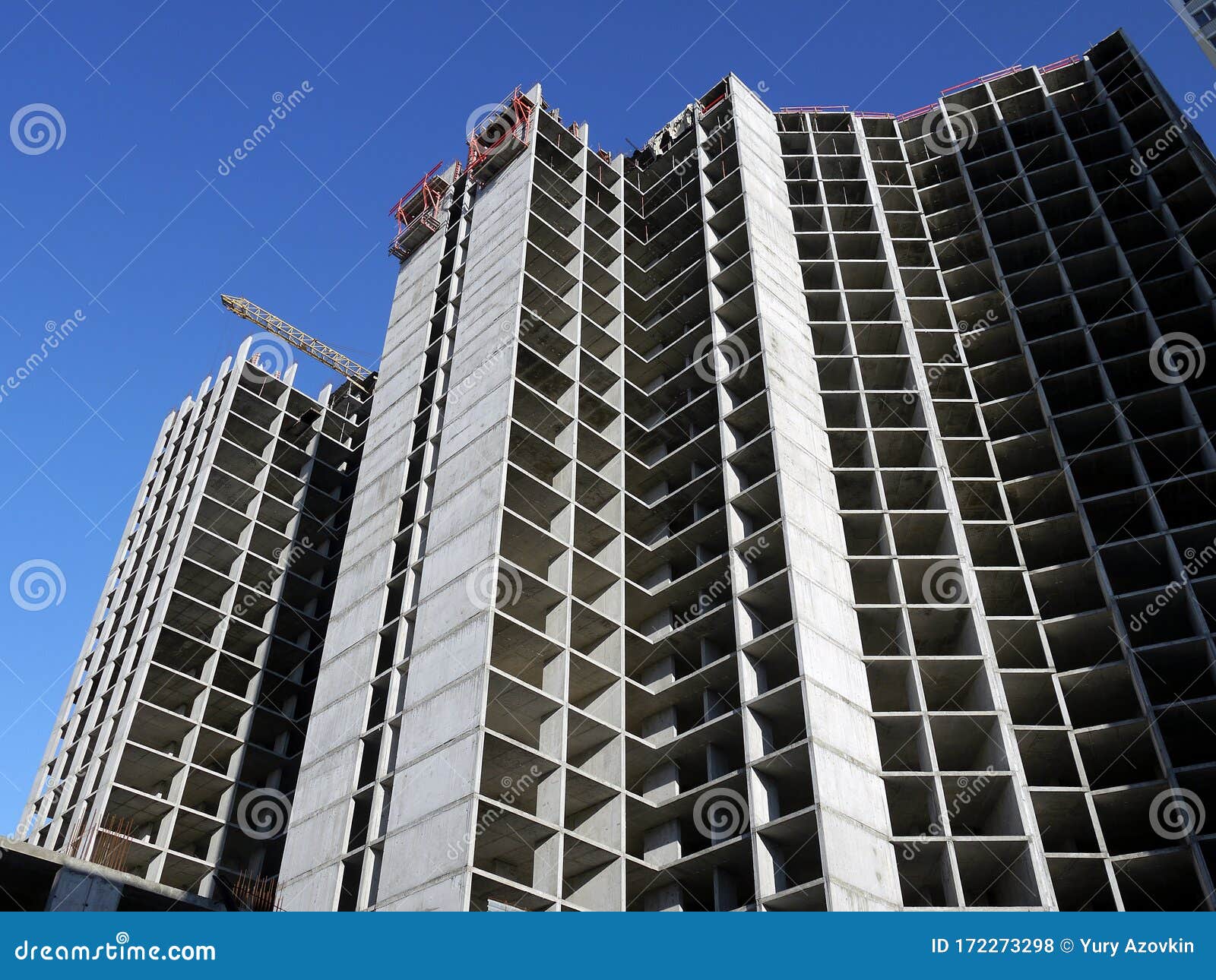
Reinforced Concrete Frame of the Building Under Construction. Stock
Reinforced concrete construction is used to build a huge variety of structures, from skyscrapers and roads to bridges and dams. Holding concrete structures together securely, connecting joints between slabs and transferring loads throughout the structure is the job of steel rebar couplers , reinforcement continuity systems , stud rails and.
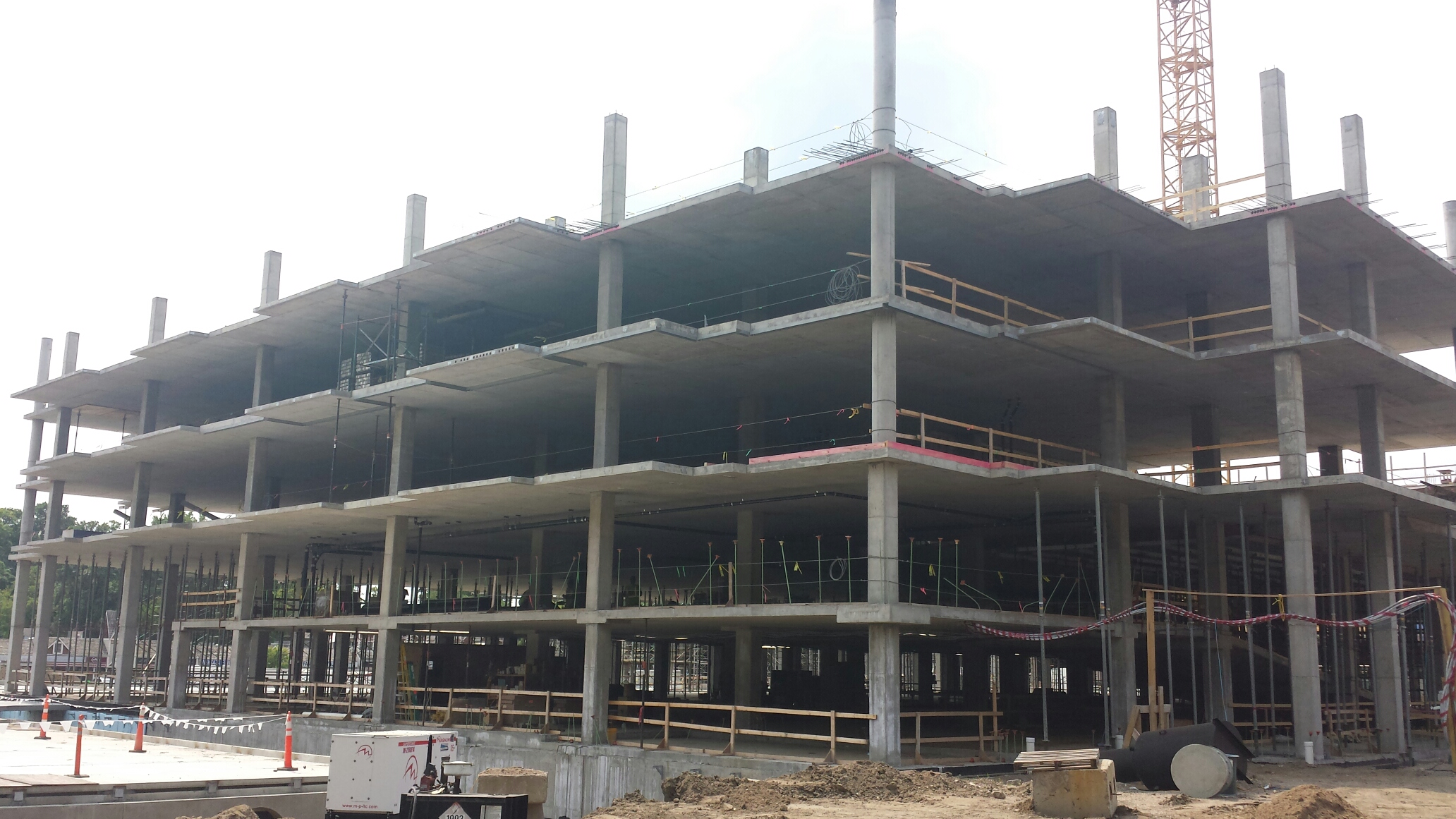
advantages and disadvantages of reinforced concrete frame structure
Major parts of Reinforced Concrete Buildings - Framed structures Concrete frame structures are the most common type of modern building. It usually consists of a frame or a skeleton of concrete. Horizontal members are beams and vertical ones are the columns.
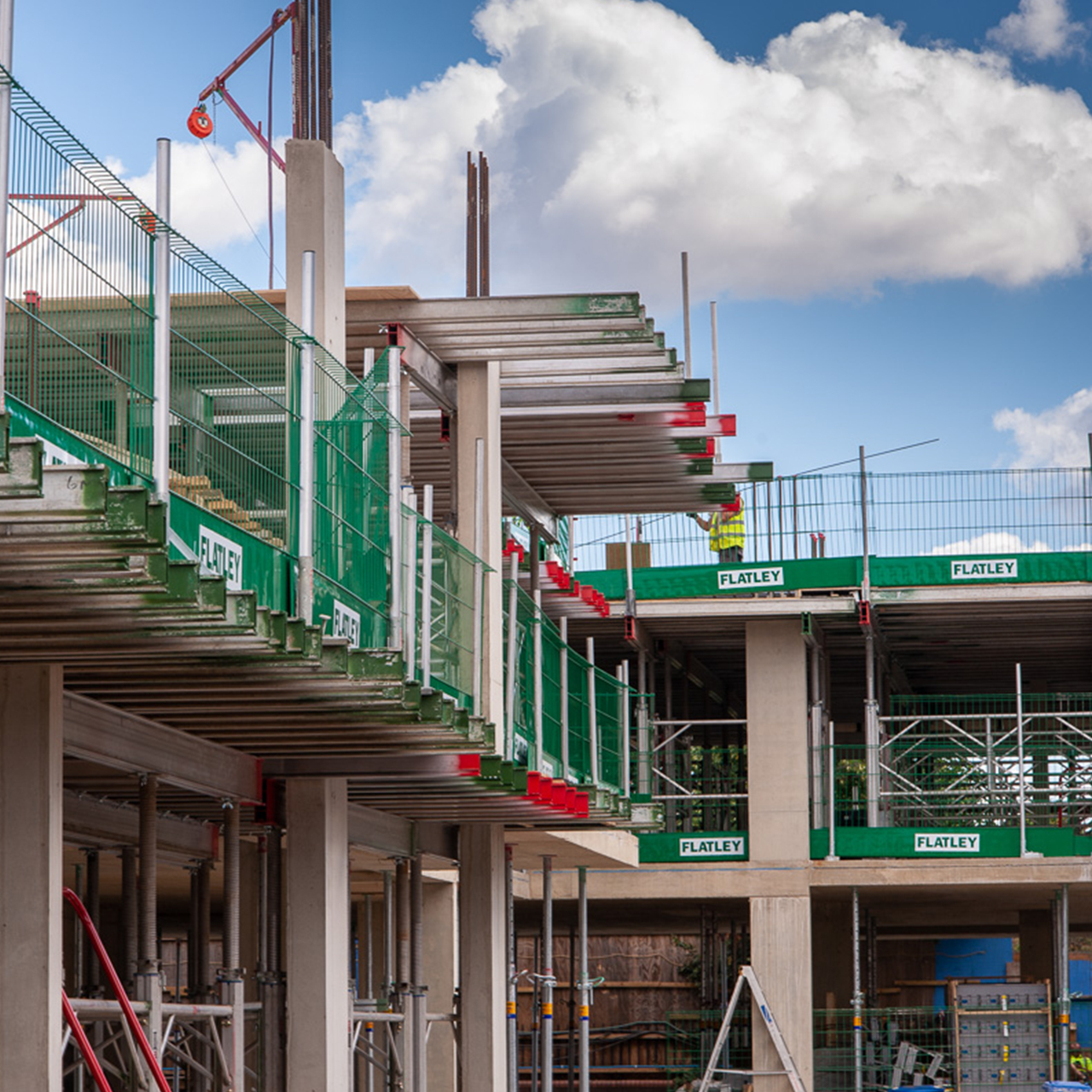
Flatley Construction Civils Groundworks Reinforced Concrete Frames
The following figure illustrates the. portal unit concept applied to the top story of a building frame, with each portal unit shown separated (but acting. together). The following analysis calculations are for Frame #1. The same procedure is used to get moments, shears, and axial. forces for Frames #2 and #3. Figure 2 - Portal Method.
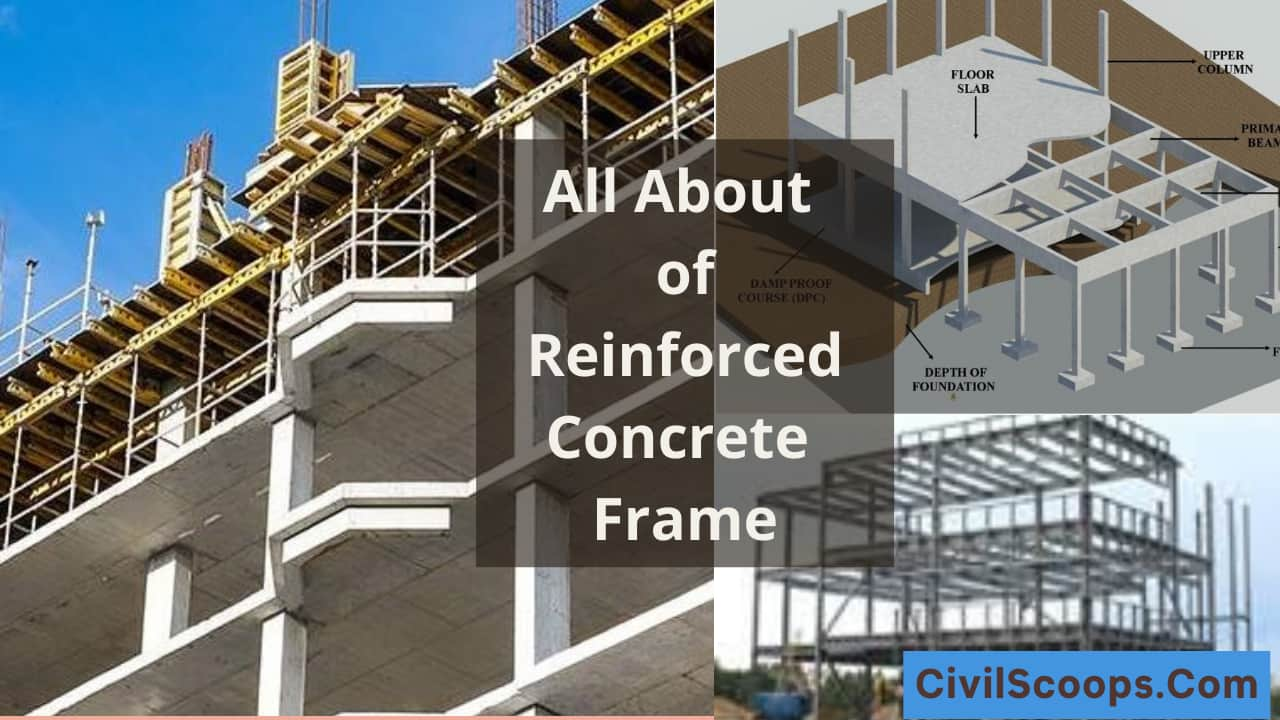
Reinforced Concrete Frame Concrete Frame Construction Details
The rc frame, or reinforced concrete frame, is a superstructure combined with horizontal components, i.e. columns and vertical components, i.e. beams. In rc frame construction, the entire structure, including beams and columns, is monolithic, meaning it's cast in a single operation.
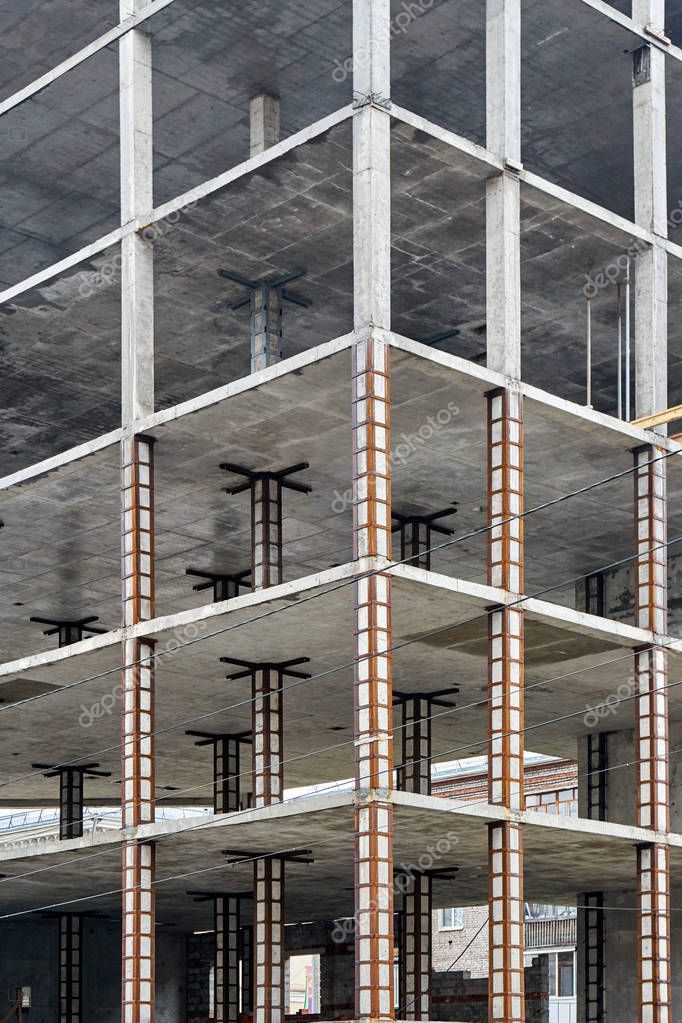
Reinforced concrete frame highrise building — Stock Photo © timltv
What is a Reinforced Concrete Frame? The reinforced concrete frame is a superstructure made up of horizontal and vertical components, such as columns and beams. The entire structure, including the beams and columns, is monolithic, meaning the entire structure is cast in a single operation.

Construction of the Reinforced Concrete Frame of the Building Stock
PEER 2007/08 - Assessing Seismic Collapse Safety of Modern Reinforced Concrete Moment-Frame Buildings Curt B. Haselton, Gregory G. Deierlein -Report PEER 2007/07 - Performance Modeling Strategies for Modern Reinforced Concrete Bridge Columns Michael P. Berry, Marc O. Eberhard -Report

Highrise Building Under Construction. Reinforced Concrete Frame Stock
🕑 Reading time: 1 minute The construction of concrete buildings is different from one structure to another based on the size, complexity, function, and materials of the building. Additionally, soil types, environmental conditions, availability of local skilled labor and construction equipment, and construction material availability would also affect the construction process. Generally.

Reinforced Concrete Frames MC Structures
Concrete frame construction is a construction method which comprises a network of columns and beams to transfer the loads coming onto the structure to the foundation successfully. Wholistically, it forms a structural skeleton for the building which is used to support other members such as Floors, Roof, Walls, and Claddings. Fig 1: Framed Structure.
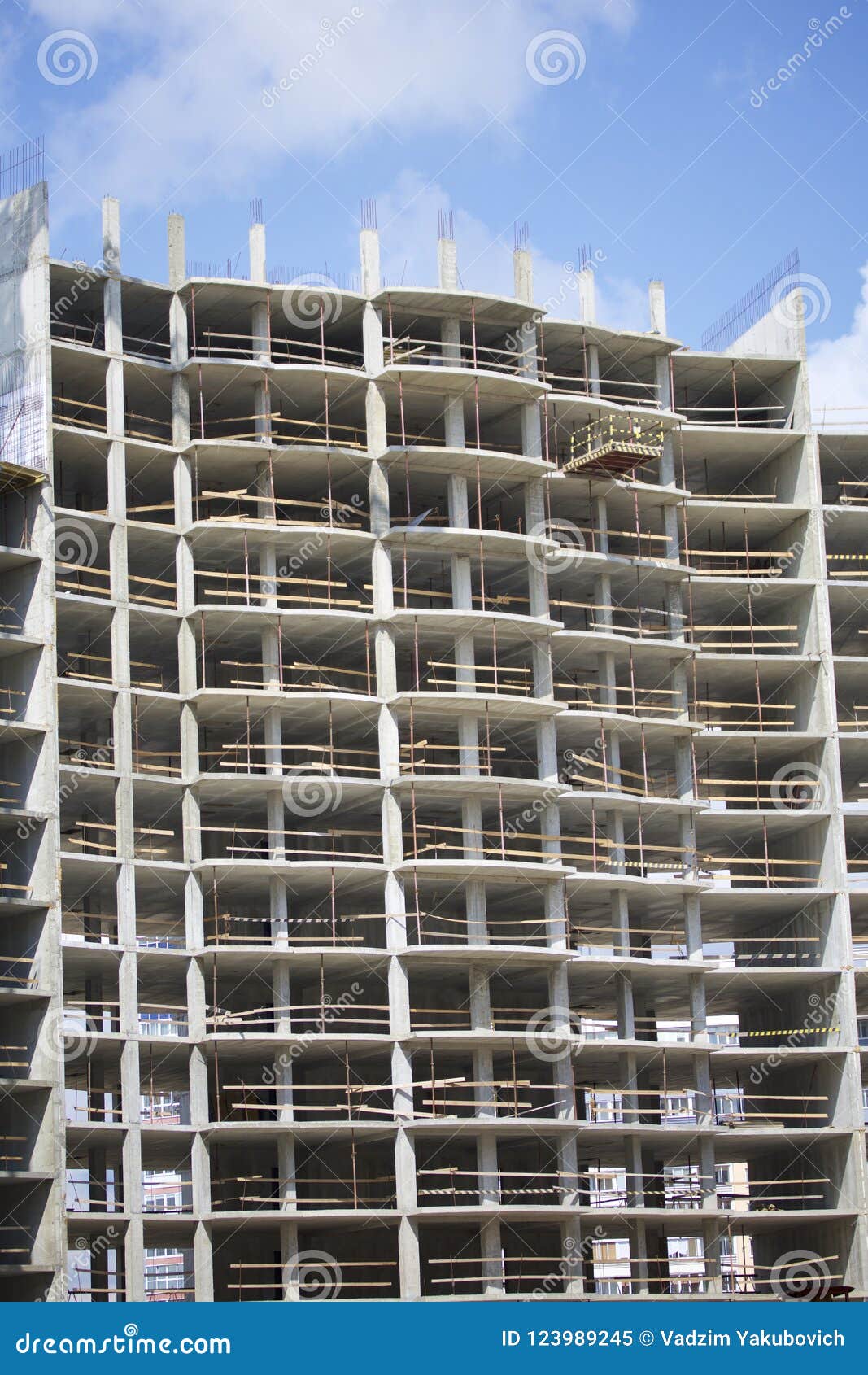
Construction of Residential Multistorey Buildings. Reinforced Concrete
Concrete Frame Construction Details 1. Columns in Framed Structure Columns are an important primary individual from a frame building. They are the upward members which convey the loads from the shaft and upper column s and move it to the footings. The loads conveyed might be axial or eccentric.
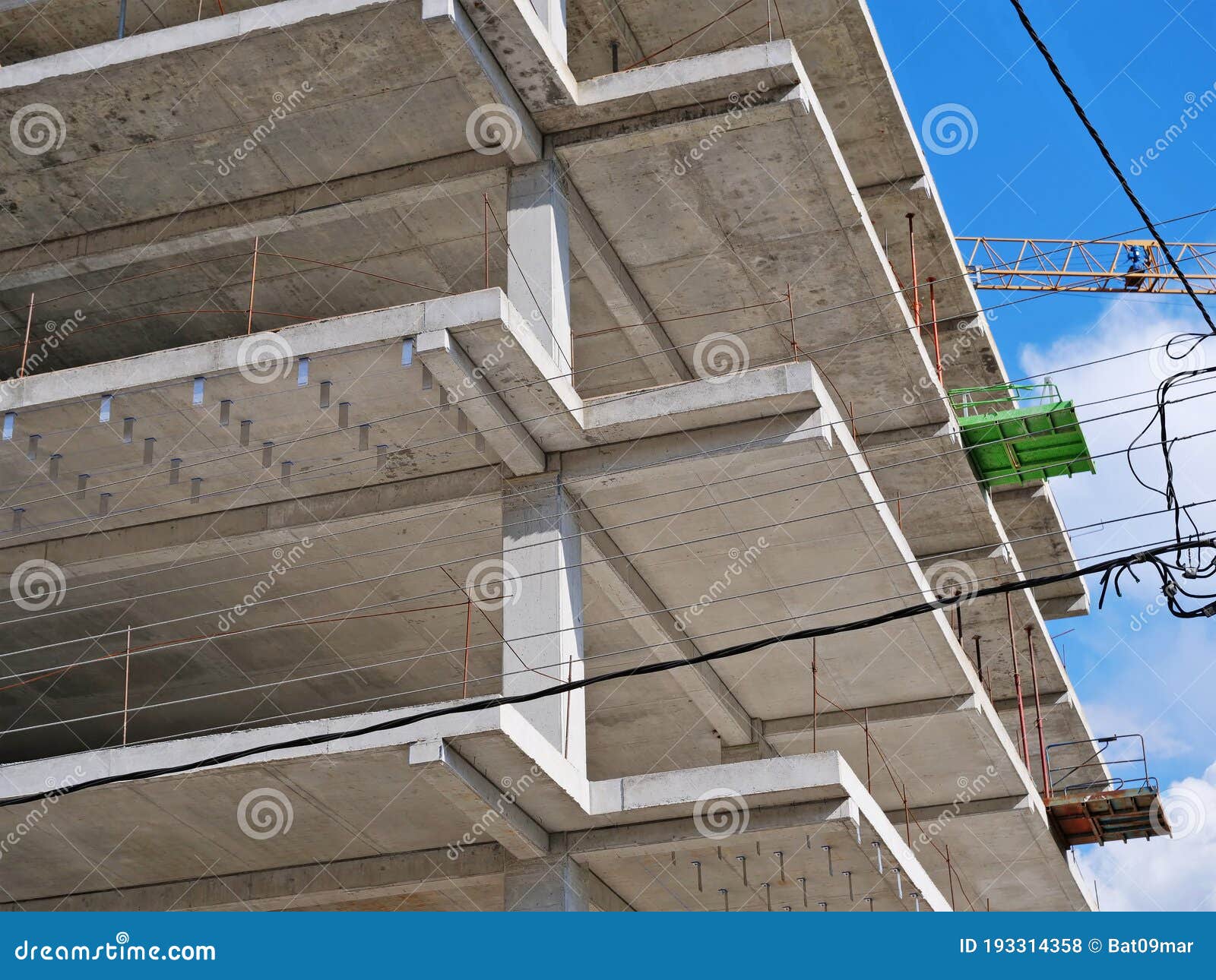
Closeup of a Reinforce Concrete Frame Structure of a New Multistory
Reinforced concrete, as an economic building material, is very popular nowadays. It is widely used in many types building around the world. Along with many advantages, reinforced concrete also poses some disadvantages also. Advantages of Reinforced Concrete. Reinforced concrete has a high compressive strength compared to other building materials.

Reinforced Concrete Frames MC Structures
reinforced concrete, concrete in which steel is embedded in such a manner that the two materials act together in resisting forces. The reinforcing steel—rods, bars, or mesh—absorbs the tensile, shear, and sometimes the compressive stresses in a concrete structure.

Constructor Dreams RCC FRAMED STRUCTURE BUILDINGS
Reinforced concrete is a combination of traditional cement concrete with reinforcements (steel bar). This combination is made to use the compressive strength of concrete and tensile strength of steel at the same time, hence, work together to resist many types of loading.
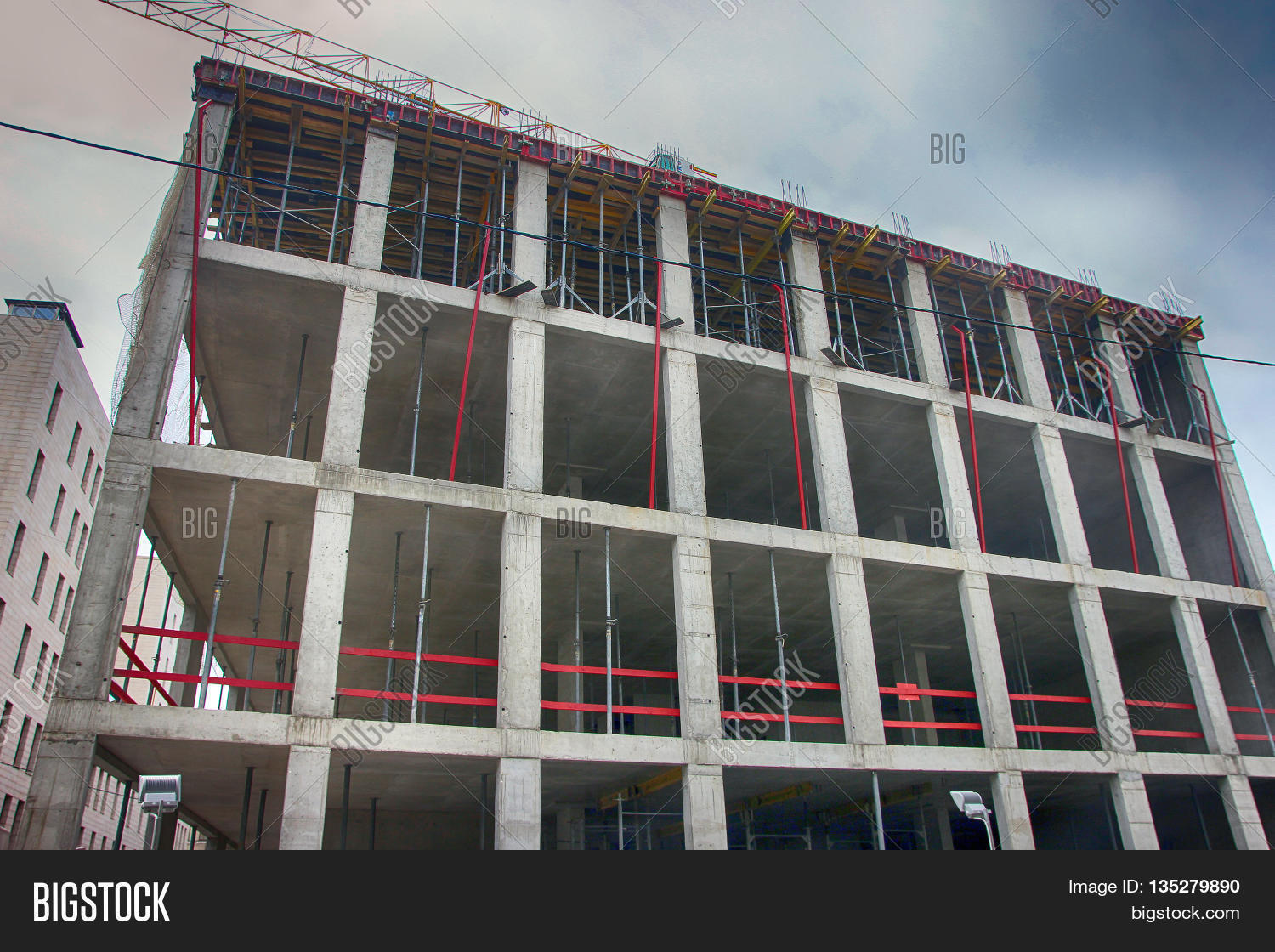
concrete building under construction with monolithic reinforced
This paper presents a study on an ordinary reinforced concrete frame structure designed using two different concrete classes (C16/20 and C30/37) and two different reinforcing bar classes.
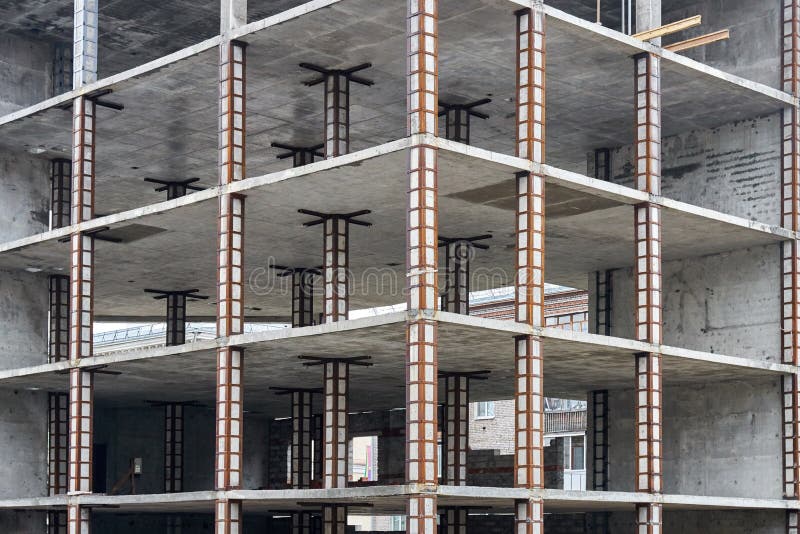
Monolithic Construction of a Multistorey Apartment Building
Reinforced concrete is one of the most widely used modern building materials. Concrete is "artificial stone" obtained by mixing cement, sand, and aggregates with water. Fresh concrete can be molded into almost any shape, which is an inherent advantage over other materials.

Reinforced Concrete Frame Building Stock Images Image 21268624
This chapter describes the most common techniques for the strengthening of a reinforced concrete building and explains their advantages and disadvantages. Concrete jacketing is probably the most widely used technique for strengthening RC members. The term shotcrete refers to both the material and the construction method. Shotcrete usually.
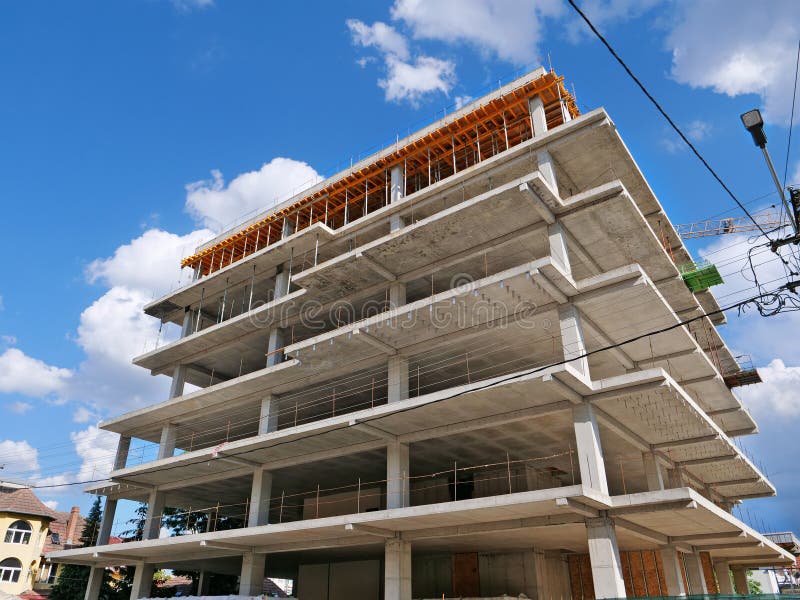
Concrete Frame Structure of a New Multistory Apartment Building in
Some developments have switched to concrete frames on this criterion alone. A 13-storey concrete frame under construction at Queen Elizabeth University Hospital, Glasgow Courtesy of Dunne Group Nash Mills development, Hemel Hempstead A six-floor reinforced concrete frame residential building Courtesy of Coinford Construction